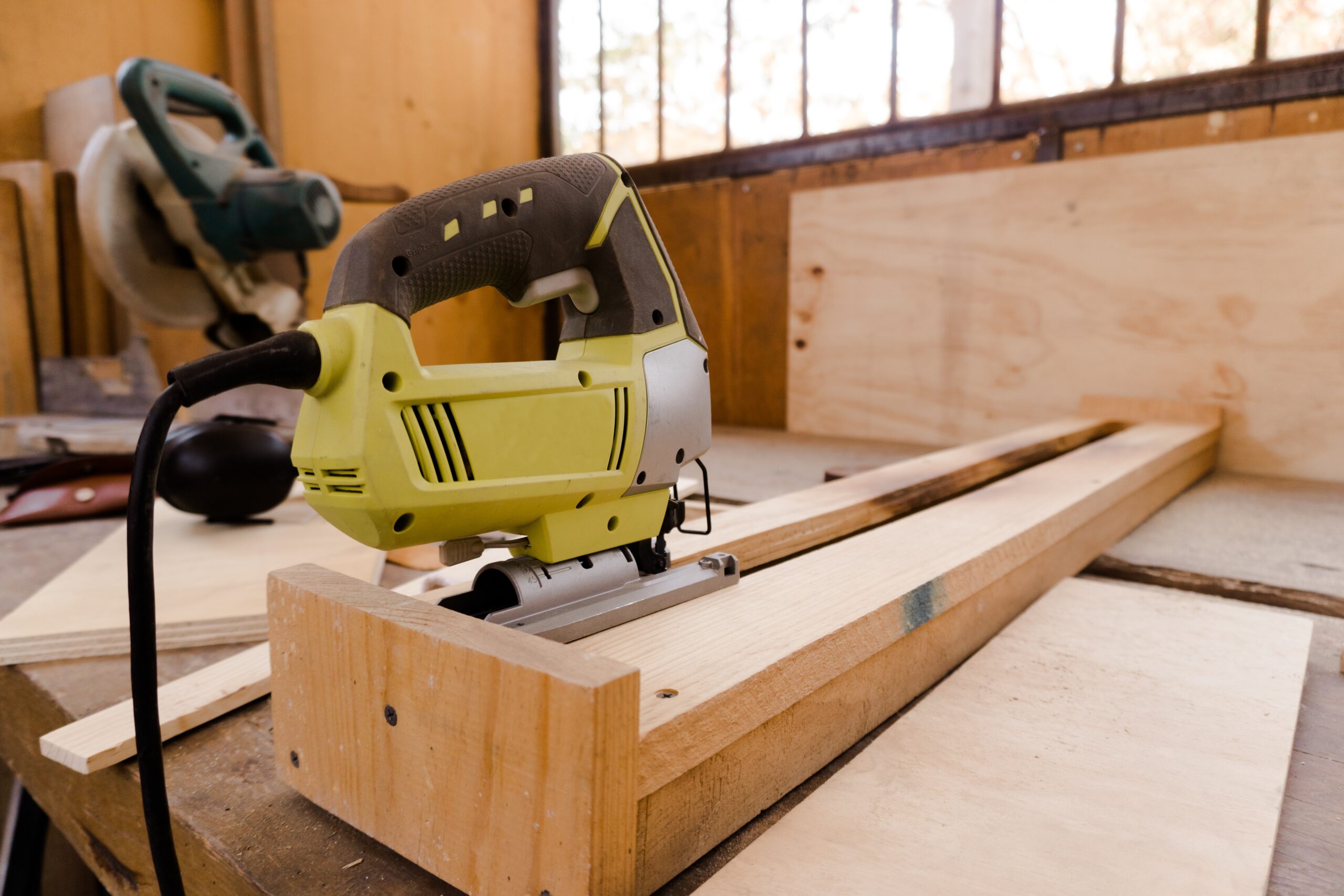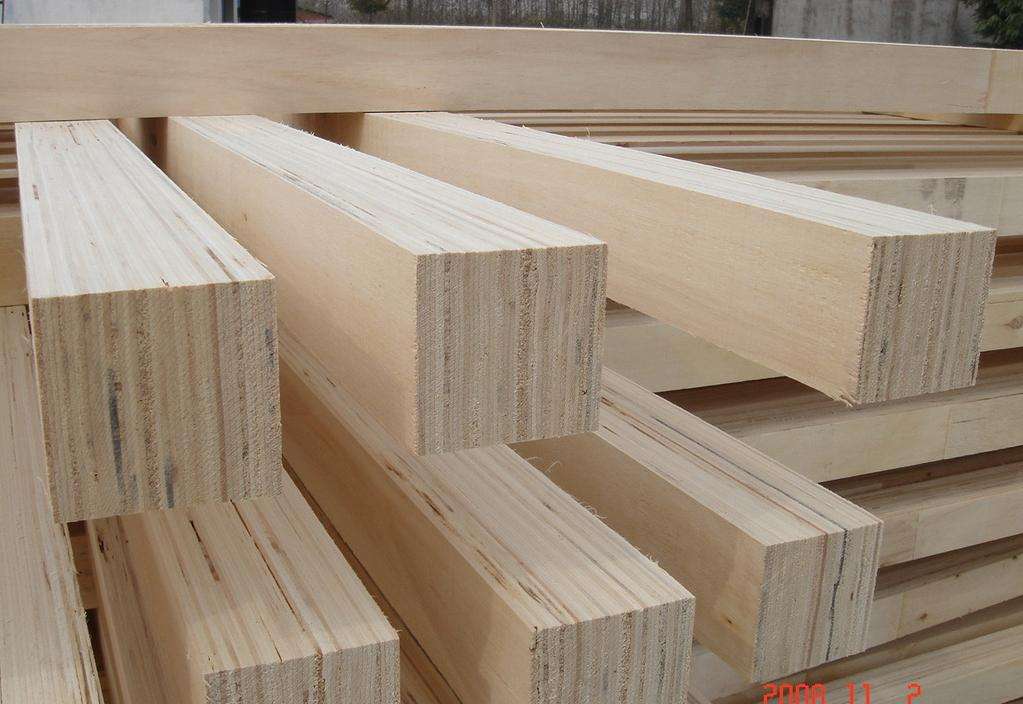Plywood is a building material made of wood or wood-based material that is small, light and able to withstand great loads. Plywood has many advantages that make it the material of choice in construction, furniture making and other industries.
The most common form of plywood consists of thinly sliced lumber that has been processed and treated, glued together horizontally and crosswise, and coated with glue. Pressure and temperature are applied to the material to ensure wetting of the glue along the fiber direction, resulting in a strong and solid board. There are also other types of plywood, such as those made from bamboo, hemp, palm leaves, and other natural fibers.
One of the advantages of using plywood is its mechanical properties, i.e. its strength and stability compared to logs. Plywood is more durable than wood and can stably maintain its shape and structure in different environments. Plywood will not warp, twist or swell like solid logs because it can no longer absorb moisture or suffer from thermal expansion. In addition, plywood is more convenient to use than ordinary logs, such as cutting, joining and nailing.
Plywood also has a great surface quality – its edges are straighter than regular logs, it lays flat and is easy to cut and join. Plywood has an excellent finish and adheres well to other materials, paints or bonding materials. Compared with ordinary wood, the core layer in plywood can be planned according to the requirements, and foam or other materials can be filled in the core layer to form a semi-sealed space and provide additional thermal and acoustic insulation properties.
All in all, plywood is a widely used material whose low cost, high quality, strength, and ease of use make it a preferred choice in construction, furniture manufacturing, transportation, and other industries. Whether you’re making furniture, houses, bridges, or other structures, plywood is a durable, efficient choice.
However, in the process of use, we also need to pay attention to some problems in use and maintenance. Next, we will introduce the precautions for the use of plywood in detail.
Deformation caused by moisture absorption of plywood: Plywood is easy to absorb moisture and will deform when exposed to water or moisture, resulting in a decrease in service life. The solution is to dry the plywood in an electric oven or store it in a moisture-proof box before processing.
Plywood processing texture: Some types of plywood will form a unique texture after the surface is painted. The solution is to scrape it with paint and then paint it.
The bottom of the hole in the plywood is exposed: the bottom of the hole in the particleboard or other core boards is exposed. The solution is to cover the bottom of the hole with a high wear-resistant polyester fiber tape, and then repair it.

1. Store in a dry environment
The storage temperature and humidity of plywood have an effect on its quality and relative strength. Therefore, it is imperative to ensure that plywood is stored in a dry environment to maintain its structural integrity and strength. At the same time, storing plywood in an environment that is too dry can cause it to become brittle, so over-drying needs to be avoided.
2. Keep in a well-ventilated place
Ventilation is important when plywood is stored. Plywood can suffer from moisture and mold in spaces with poor air circulation. Therefore, it should be stored in a well-ventilated environment.
3. Avoid contact with water
Water is the natural enemy of plywood, and prolonged exposure to water can cause plywood to rot and lose strength. Therefore, avoid contact with water during storage to prevent damage to the plywood.
4. Avoid direct sunlight
Storing plywood cabinets in places that are too sunny can cause their color to change. Sunlight can also dry out the surface and form cracks. Therefore, plywood should avoid direct exposure to sunlight for a long time.
5. Avoid stacking in the storage position
When storing plywood, store it on a flat surface and avoid stacking it with other heavy objects. Overstacking plywood can cause it to crack and warp. If stacking is required, it is recommended that no more than three be stacked, and supports are required to separate each plywood and prevent them from touching and pressing against each other.
6. Mark
When storing plywood, they must be marked so that their origin and use-by date are clearly known. This will ensure that you can trace the source and quality of the plywood in time, and can properly record the age of use. This is also one of the important means to ensure the quality of the project.

By following the storage precautions above, you can maximize the life of your plywood and maintain its structural integrity and strength.

